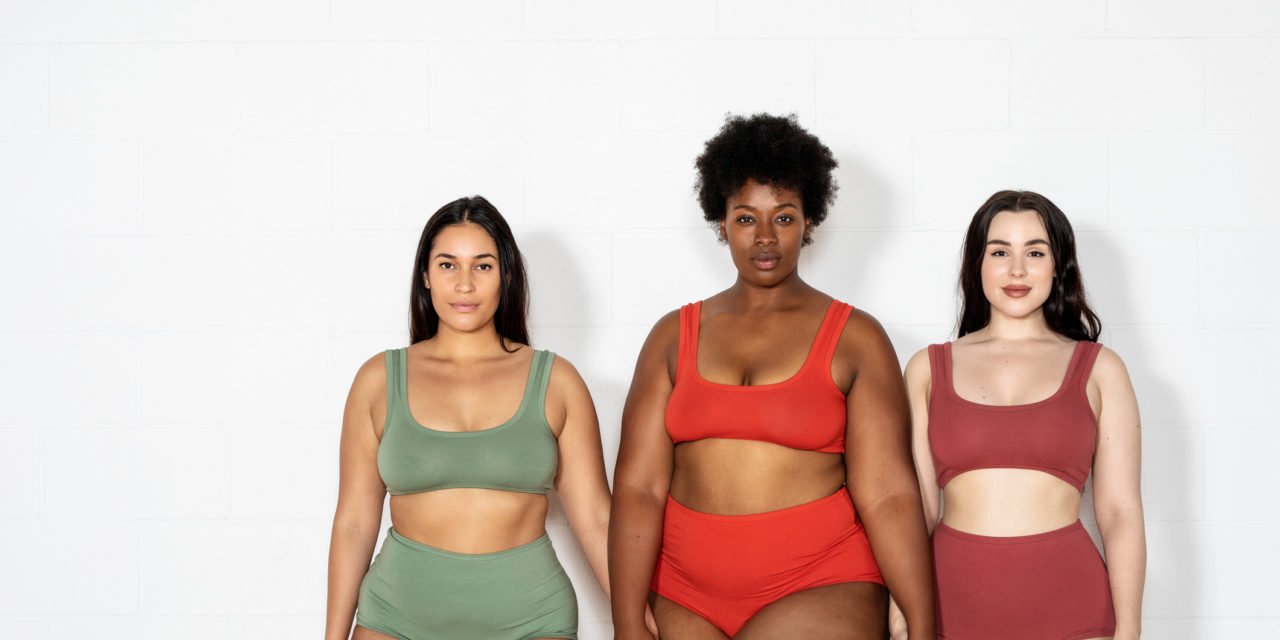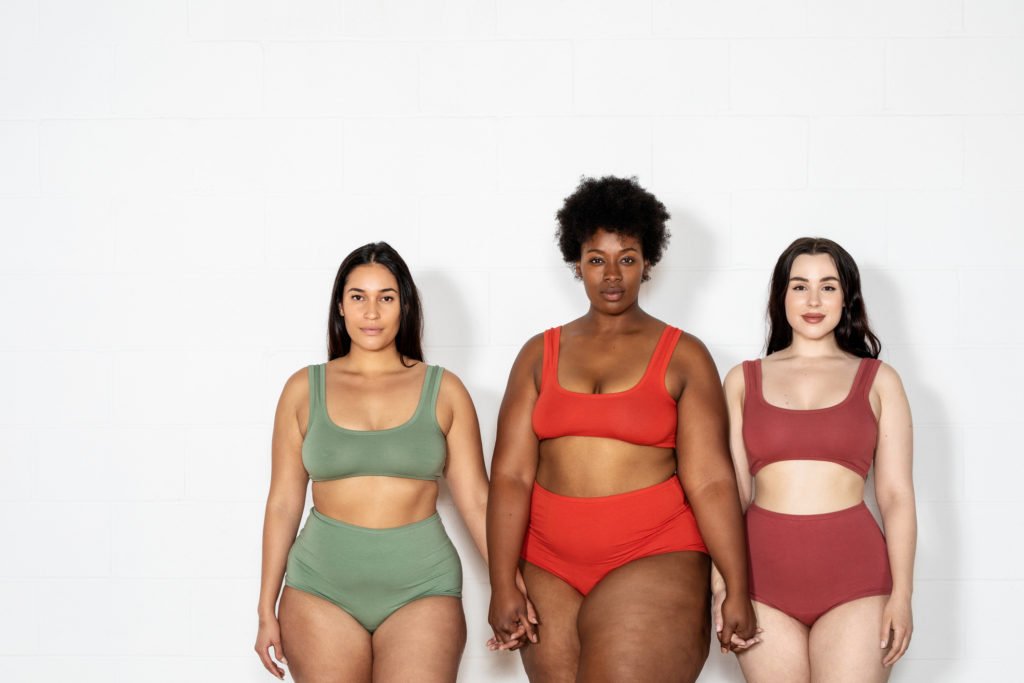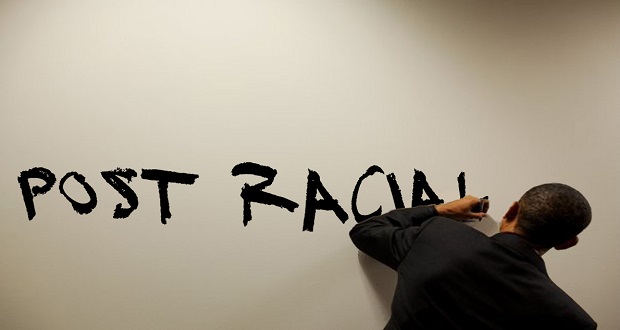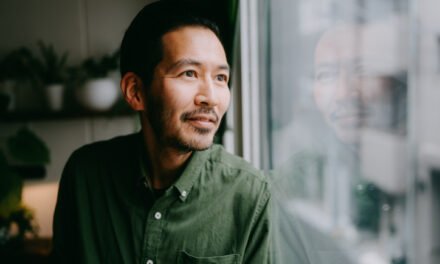Thamara getting groceries: A trivial task, but one of my favorite parts of the weekend. The grocery store I go to is typically jam-packed. I am notorious for being a bad parker, but I squeeze into a spot and wiggle my way out. I go aisle by aisle, never forgetting the avocados, bananas, eggs, and my favorite – dark chocolate peanut butter cups. I do a typical browse through the coffee and tea aisle, get my hands on some fun sparkling water, and head to the samples booth to see if there’s anything vegetarian I can try. I take two of the snack samples while nobody’s looking. I wait in line and ask the cashier if I should get the new dark chocolate that is on glorious display near the cashier, and he gave me the highest recommendation. I throw in a bar, pay for my groceries, and head out. Groceries, check.
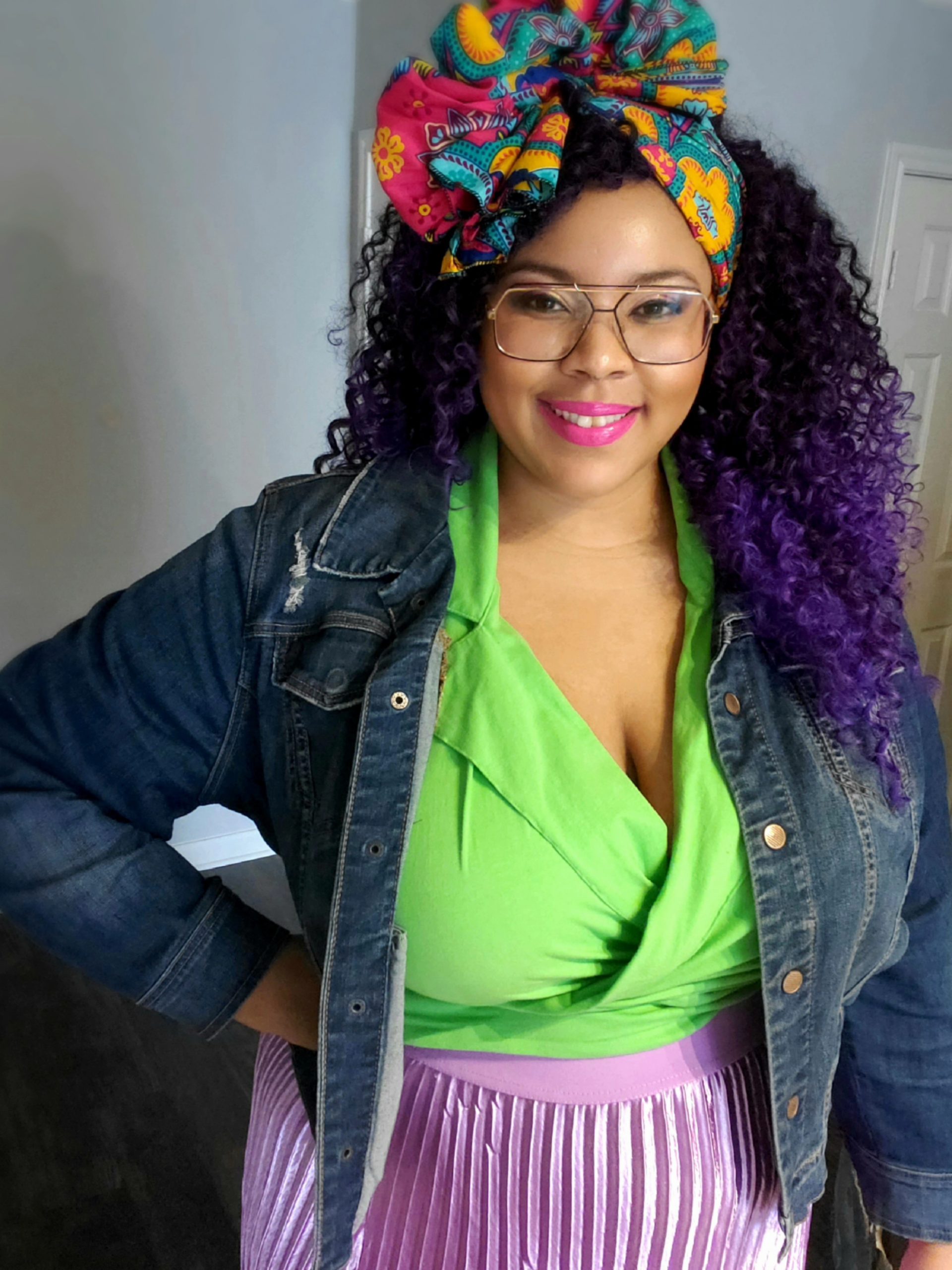 Tami getting groceries: A seriously daunting and stressful task and one of my least favorite things to do and has been since I was little. So much so that when I go, I try to go when it is notoriously empty – the best times I have found are Friday nights when everyone is out and about starting their weekends. If I do not go then, I subject myself to a multitude of headaches and microaggressions: having to park far from the entrance because I don’t want to have to contort my body into a pretzel to either get out of or into my car because someone parked too close to me; the pressure of having to pick and select the “right” foods for my body; the points, stares and glares from my fellow shoppers and their children; having to slouch just slightly because the cart handles are built at the appropriate height for “normal” people; and the inevitable “friendly” person commenting on some random “unhealthy” thing in my cart. “Oh honey, I love Ben and Jerry’s but have you thought about trying Halo? They are soooo much better for you. Only 300 calories.” Completely ignoring the more “healthier” food items in my cart such as the fruits, veggies, and chicken breast.
Tami getting groceries: A seriously daunting and stressful task and one of my least favorite things to do and has been since I was little. So much so that when I go, I try to go when it is notoriously empty – the best times I have found are Friday nights when everyone is out and about starting their weekends. If I do not go then, I subject myself to a multitude of headaches and microaggressions: having to park far from the entrance because I don’t want to have to contort my body into a pretzel to either get out of or into my car because someone parked too close to me; the pressure of having to pick and select the “right” foods for my body; the points, stares and glares from my fellow shoppers and their children; having to slouch just slightly because the cart handles are built at the appropriate height for “normal” people; and the inevitable “friendly” person commenting on some random “unhealthy” thing in my cart. “Oh honey, I love Ben and Jerry’s but have you thought about trying Halo? They are soooo much better for you. Only 300 calories.” Completely ignoring the more “healthier” food items in my cart such as the fruits, veggies, and chicken breast.
Peek concern trolling.
And sometimes, this all happens before I have even gotten a chance to circle the store. Not even halfway through my grocery list and I have already had to account and defend my existence. When you’re a Black woman who is taller and weighs more than the starting defensive end for the Philadelphia Eagles, your body is always a topic of discussion and “concern,” making the simplest tasks adventurous at best and daunting and anxiety-inducing at most often. “I just want this to be over” is often what I find myself repeating to myself while I shop. I imagine what it must be like to grocery shop in a body that is seen as “acceptable” because it has to be better than this. It just has to.
My existence means that any public activity, especially those surrounding food, is going to be an ordeal and I just need to expect it. Grocery shopping, going to lunch at a restaurant with my coworkers, dinner with my homegirls, cook-out with family all present perfect opportunities to have me contend with a world that shames me for daring to exist openly and happily in a body that disrupts what society teaches us to be “normal, healthy, and happy.”
Next time, when it is time for groceries, I decide to just download my local grocery stores app and budget so I can have my groceries delivered to me. A privilege that not every larger-bodied and fat person can afford. And yes, the peace of mind is absolutely worth the extra money, but I should not have to pay extra to be treated with dignity as I go about my business.
Thamara and Tami:
Millennials, lovers of the color purple. University of Michigan Alumnus, Women of color working in DEI. Yet the way the world experiences and values our bodies (Thamara being thin and under-average height, and Tami being a tall, larger-bodied, fat, Black woman) is not only drastically different, but unjust and inequitable.
The way the world experiences and values our bodies is not only drastically different, but unjust and inequitable. Share on X
_______________________________________________________________________
As Mary-Frances Winters shared in last week’s post, our policies, practices, and institutions are rooted in centuries of upholding the standards of white ideals while simultaneously discrediting and punishing not just the color of our skin, but also the existence of our bodies. This is not about body positivity. This is about body justice.
This is not about body positivity. This is about body justice. Share on XInasmuch as we talk about the color of our skin, and the systems of racism that deem our melanin unworthy, we often omit one of the most common avenues of discrimination and injustice: the size of our bodies. Weight bias has been noted as the second most common form of bias behind race in America. Racism and sizeism are intertwined and enforced to decide who is considered “healthy,” successful, and competent. Who gets to decide whose bodies are more worthy, acceptable than others? Our bodies are inherently worthy. Our bodies deserve to be supported by our care systems, not ostracized, and further harmed.
We talk about the color of our skin, and the systems of racism that deem our melanin unworthy, but we often omit one of the most common avenues of discrimination and injustice: the size of our bodies. Share on XThe classifications “overweight” and obesity (determined by Body Mass Index) have been conflated as the cause for many chronic diseases, when in reality, it is only one of many risk factors. To truly look at the root of injustice, we have to understand how we determine who is “obese” or “overweight” and the history of racism behind it.
How can a quantifiable measure, a number, be racist?
The numerical system of the BMI originated in 19th century Belgium through an index created by Lambert Quetelet. Quetelet was doing research on crime and mortality, and wanted to answer the question: what size is the average man? The ratio of height and weight used in BMI today uses the Quetelet Index, and was created using data from white European men, which Quetelet continued to use to determine the “ideal” man. It was never intended to be a determination of the health and wellness of any individual, and certainly did not consider various genders, bodies, and genetic factors. Yet, much to the simplicity and ease of using this index combined with the prioritization of objectivity and quantifiable outcomes in American culture, this led to various healthcare systems across the globe using this tool to measure if someone is healthy, overweight, and obese. Thus, the system of insurance coverage and who is at “risk” of more disease, who had to pay more to receive benefits, and who receives the best healthcare, was the start of the many ways fatphobia and sizeism have pervaded our systems.
Body Mass Index (BMI) was never intended to be a determination of the health and wellness of any individual, and certainly did not consider various genders, bodies, and genetic factors. Share on XBesides the weight-dependent financial burden, what is the cost of upholding a sizeist, fat phobic, unidimensional definition of health? The monetization and white-washing of the diet and wellness industry, the shift from food as culture to be savored to food as fuel to be measured, and the intentional targeting of low income, food-scarce BIPOC communities with fast food marketing, are just a few examples of how our “standards” of health have ironically, created and worsened health outcomes and amplified racial health disparities.
The white-washing of the wellness industry and the targeting of low income BIPOC communities w/fast food are examples of how our 'standards' of health have ironically worsened health outcomes and amplified racial health disparities. Share on XAs people, living, breathing, working, and leading with other people, we must begin unpacking our internalized and complex relationship with our skin, our bodies, and our health that has been dictated by an ever-changing euro-centric “ideal” deft of scientific evidence or actual measurements of health.
We must begin unpacking our internalized and complex relationship with our skin, our bodies, and our health that has been dictated by an ever-changing euro-centric 'ideal.' Share on XIn a society that covets thinness and whiteness as the ultimate body ideal, living in a body that disrupts that standard can be challenging in ways that go beyond just the physical; there is also a psychological toll it takes. For straight sized people, simple things like going to the doctor and being believed and receiving care for your ailments, traveling without the fear of being removed from the plane even before you takeoff, and being able to walk into any clothing store and know without a second thought that something will fit you is a privilege that straight-sized people never have to consider. And that is how privilege works right? Now, imagine if that was your lived experience ON TOP OF having to navigate additional factors such as racism, misogynoir, colorism, and disability?
Even within the most well-meaning and inclusive DEI spaces that challenge us to contextualize our privileges, size-discrimination is often left out of the conversation. So often I have found myself in spaces where I had to self-advocate and remind others of accommodations or considerations that larger bodied and fat people need via not only access but policy change. When we as DEI practitioners are in the throes of our advocacy work, we must be considerate and challenge ourselves to center those who are most impacted. Larger-bodied and fat Black people will continuously find themselves on the margins of the margins if we do not do so. This is especially important in a society that sees body-size and weight as solely a personal and individual responsibility, and not a result of the combination of a multitude of factors including but not limited to: genetics, food-access, and socioeconomic status, and access to preventative health care.
Even within the most well-meaning and inclusive DEI spaces that challenge us to contextualize our privileges, size-discrimination is often left out of the conversation. Share on XTo understand the complexity of living in a body that is so different, we must understand the norms around race *and* gender.
Even those who may share another marginalized identity with me sometimes fail to understand how my size, height, and weight further complicates my lived experience, and the experience of those like me. Oftentimes, most folks in the DEI space do not mean harm, but the oversight does serve as a reminder that I won’t always fit in – pun intended. This is particularly true when I am in public and have to navigate a world that frames larger-bodied Black women as the “sassy, funny side kick”, an asexual modern-day mammy, or some “exotic side-show curiosity” that you would have found in a Ripley’s Believe it or Not tourist trap. Fat and larger-bodied people deserve the same humanity and consideration in our work, and we must be intentional if we are to be truly inclusive.
Fat and larger-bodied people deserve the same humanity and consideration in our work, and we must be intentional if we are to be truly inclusive. Share on XSo, what can we do in our sphere of influence to expand our definition of health and bodily worth, undo the harm that our society’s systems have put into place?
Here are some ideas of ways you and your organization can start leading a shift towards body justice:
- Publicly support anti-weight discrimination bills in your state and local precincts (only the state of Michigan has explicitly prohibited discrimination on basis of height and weight).
- Embed sizeism into your racial equity and anti-racism education.
- Assess accessibility of office spaces, chairs, tables, and transportation options to ensure all body sizes can be accommodated. Use size inclusive office furniture for desk, common areas, and chairs. (I.e., no chairs with handles, no booths when dinning in restaurants, etc.)
- Provide extended sizes for uniforms, use casual dress-code polices in-office, and offer extended sizes for company “swag.”
- Highlight weight-based discrimination in codes of conduct.
- Support and familiarize yourself with the various “passenger of size” policies for employees who may need it when utilizing airplane travel.
- Provide health benefits beyond health insurance such as farmers market and community garden access and/or helping workers apply for SNAP and WIC food benefits.
- Have nutrition information optional for those interested instead of displaying calorie counts, which could contribute to disordered eating.
- Improve competence and awareness of medical personnel by adopting “Health at Every Size” approaches to patient care (Here are resources to the HAES certified curriculum).
- Engage in conversations about media literacy and health with children in K-12 to begin conversations about healthy body image.
- Incorporate diverse size stock images in your organization’s marketing and communications.
The prioritization of profits to uphold the health, diet, and insurance industries over health of all people, has gone on far too long. It is time we reclaim what it means to be healthy by standards that go beyond what we have institutionalized, to truly achieve public health.
Have any other ideas to promote body justice in your community or organization? Share in the comments below!
The prioritization of profits in diet and insurance industries OVER health has gone on too long. To truly achieve public health, reclaim what it means to be healthy by standards that go beyond what we've institutionalized. Share on X
Co-Authored by Thamara Subramanian:

